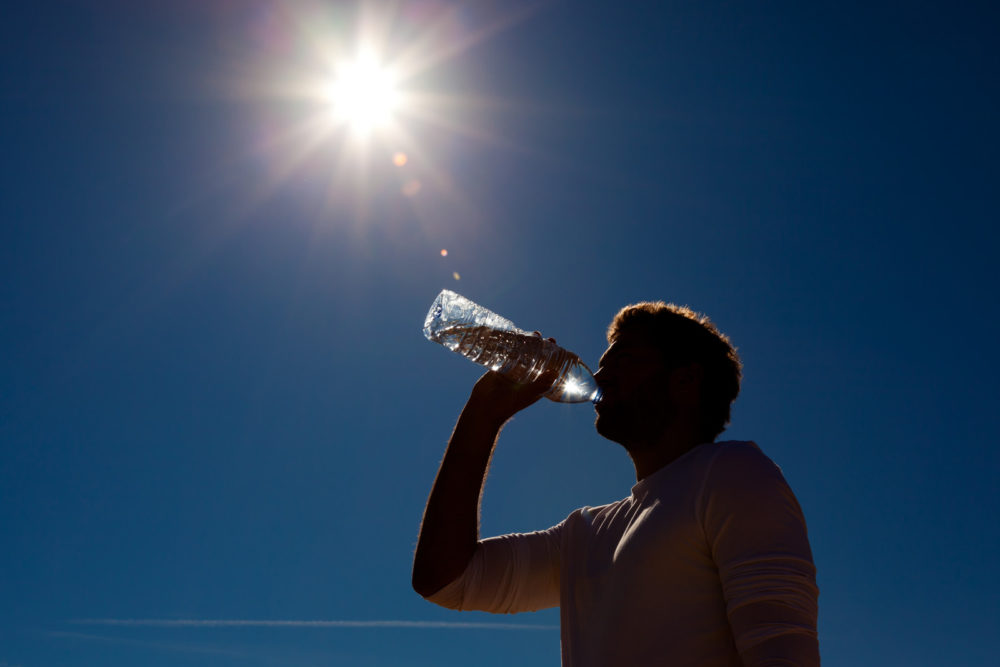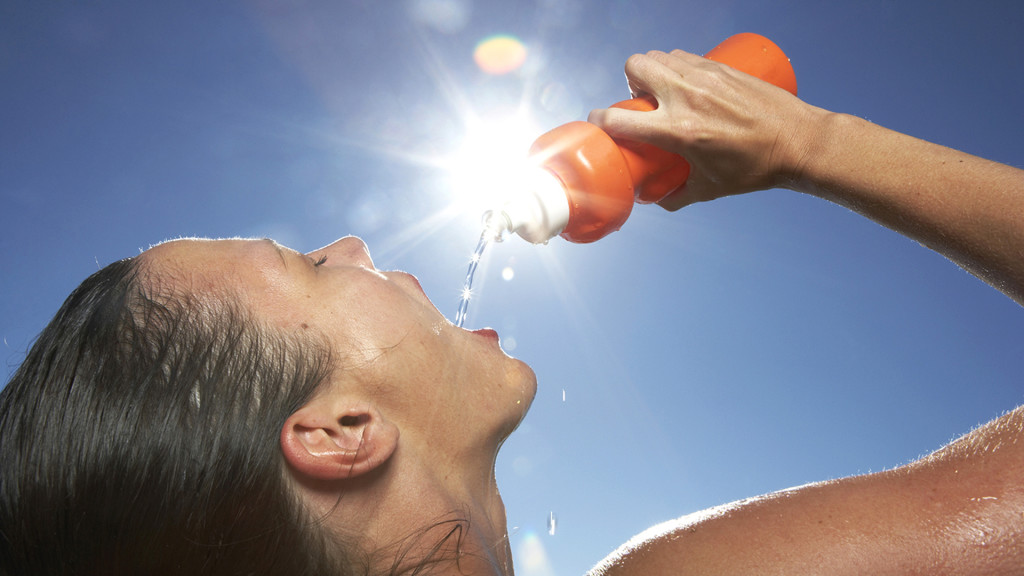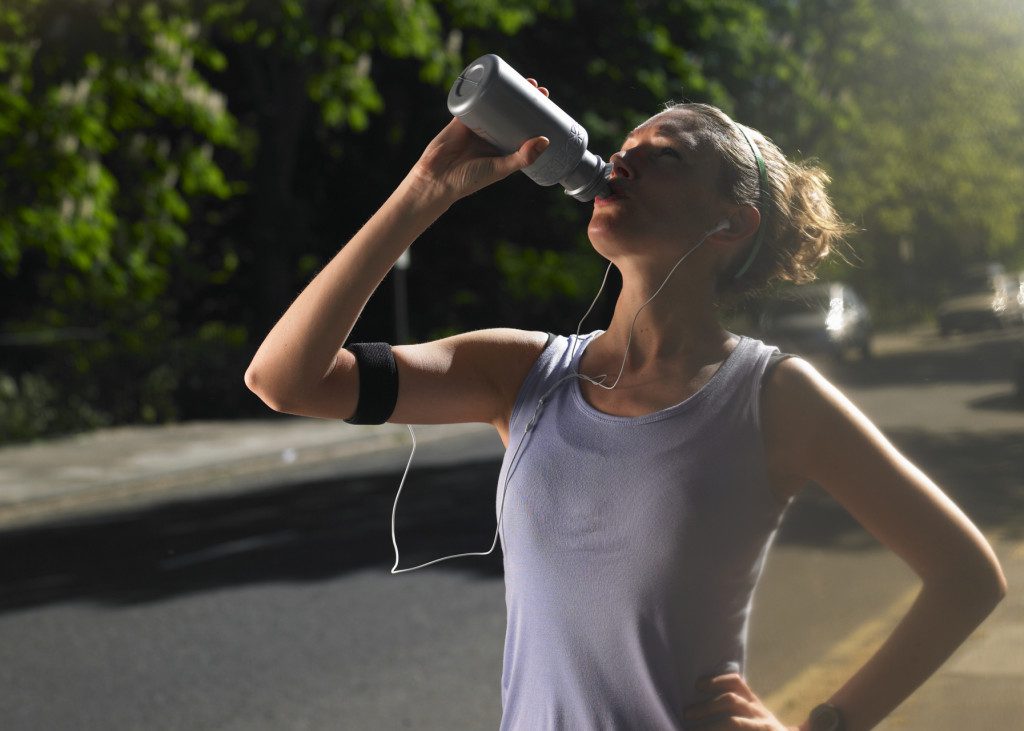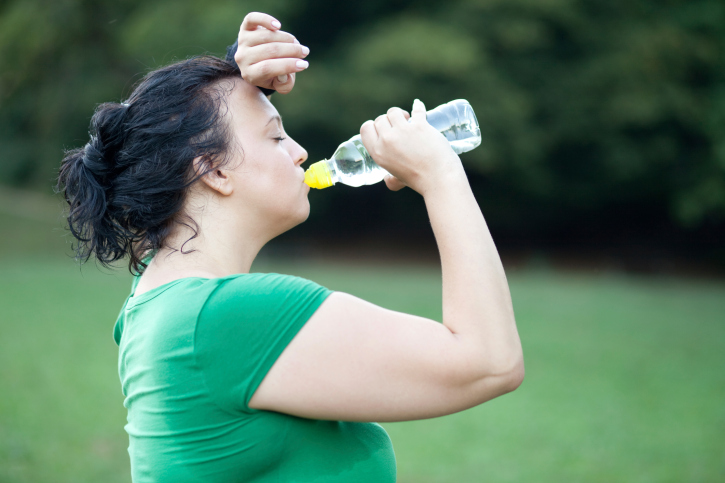How to stay hydrated in the heat and humidity
With temps about to skyrocket in much of the country, here are some tips on how to stay cool and hydrated on your weekend runs


Just in time for Canada Day, the weekend forecast is for high temperatures and high humidity throughout many parts of the country. As nice as it is that summer has arrived, those of us contemplating long training runs on the weekend have mixed feelings about it, since for most of us, running in the heat is very uncomfortable. And with all the conflicting research and advice we’ve been given about hydration, summer running can be downright confusing.
We put together some tips on how to get through a heat wave without compromising your training.

Plan your runs to avoid the heat
It may seem obvious, but planning your long run for either early in the morning or later in the evening will help you avoid the hottest part of the day. (It might impact your social plans, but it’s worth it for the satisfaction of not having skipped your run because it was too hot.)
Dress for success
Dress lightly, but for guys, a light-coloured shirt or singlet and a hat are better than no shirt, if you’re running in the sun. Use sunscreen, but avoid sunscreens containing mineral oil, which inhibits sweating.
Pouring water over your head and neck can certainly help to cool you down. Or try soaking a towel or bandanna, wringing it out and snapping the excess water out, then tucking it inside the neckline of your shirt. (There are also commercial cooling towel products that claim to work better than a regular terry-cloth towel.)
Too much vs. too little hydration
On runs of less than an hour, you’re probably fine not to carry a water bottle, but it’s a good idea to get to know the locations of public fountains along your route. (If running in cottage country, you could even plan strategic dips to cool you off.)
Pay attention to hydration, but pay closer attention to your own body, i.e. your thirst. Be aware that much of the research on this subject was paid for by sports drinks companies. You don’t have to drink a set amount of water every day, but you should definitely drink when you’re thirsty, and be aware of the colour of your urine. It should be pale yellow. Dark urine is usually a sign of dehydration. If it’s completely clear, though, you may be over-hydrating, which can lead to hyponatremia, a condition in which your electrolyte levels become diluted by over-drinking, and which is extremely dangerous.
If you frequently develop a headache after your summer long runs, that’s a sign of dehydration.

Some people sweat more than others. To calculate your sweat rate, weigh yourself before and after a one-hour run. Each pound of body weight lost represents 16 ounces of fluid that should be replaced (minus the weight of any fluid you drank during the run). Though there is some controversy about whether it’s really necessary to replace the fluid lost, it can be a helpful indicator. The bottom line is, observe your urine, and obey your thirst.
For runs of longer than an hour, consider using a diluted sports drink or electrolyte replacement such as e-load or nuun to maintain electrolyte balance. (Even some very diluted orange juice with a pinch of salt mixed in can provide a refreshing and replenishing substitute for water.)


